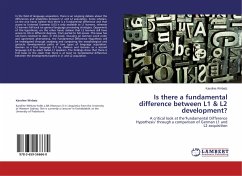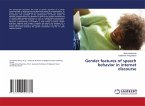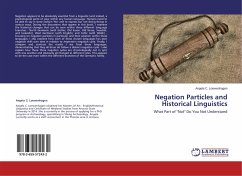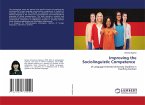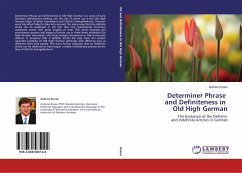In the field of language acquisition, there is an ongoing debate about the differences and similarities between L1 and L2 acquisition. Some scholars, on the one hand, believe that there is a fundamental difference and that access to Universal Grammar (UG) is only available to L1 learners, whereas L2 learners fall back on general language processing strategies. Opponents of this hypothesis, on the other hand, believe that L2 learners still have access to UG in different degrees, from partial to full access. This issue has not been resolved to date. In this book, focusing on German word order and agreement phenomena, the Fundamental Difference Hypothesis will be investigated through analysing and comparing the morphological and syntactic developmental paths of two types of language acquisition: German as a first language (L1) by children and German as a second language (L2) by adult Italian L1 speakers. The findings show that there is firm basis to the claim that there is at least no fundamental difference between the developmental paths in L1 and L2 acquisition.

